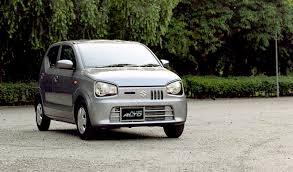
A Guide to Car Warranties for Used Cars in Pakistan
Explore our comprehensive guide on car warranties for used cars in Pakistan, covering types, coverage details, and tips to maximize your warranty



© 2024 Crivva - Business Promotion. All rights reserved.